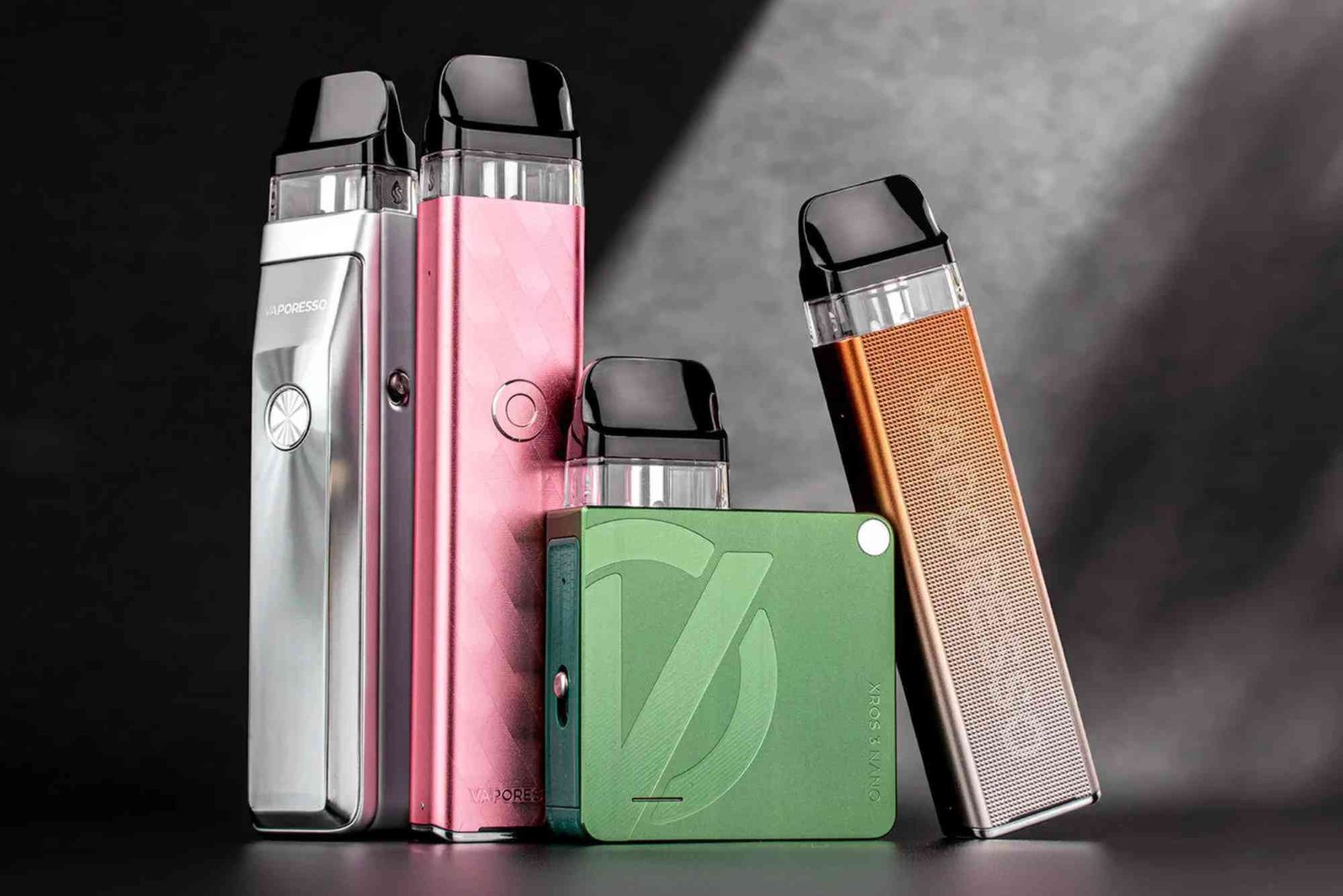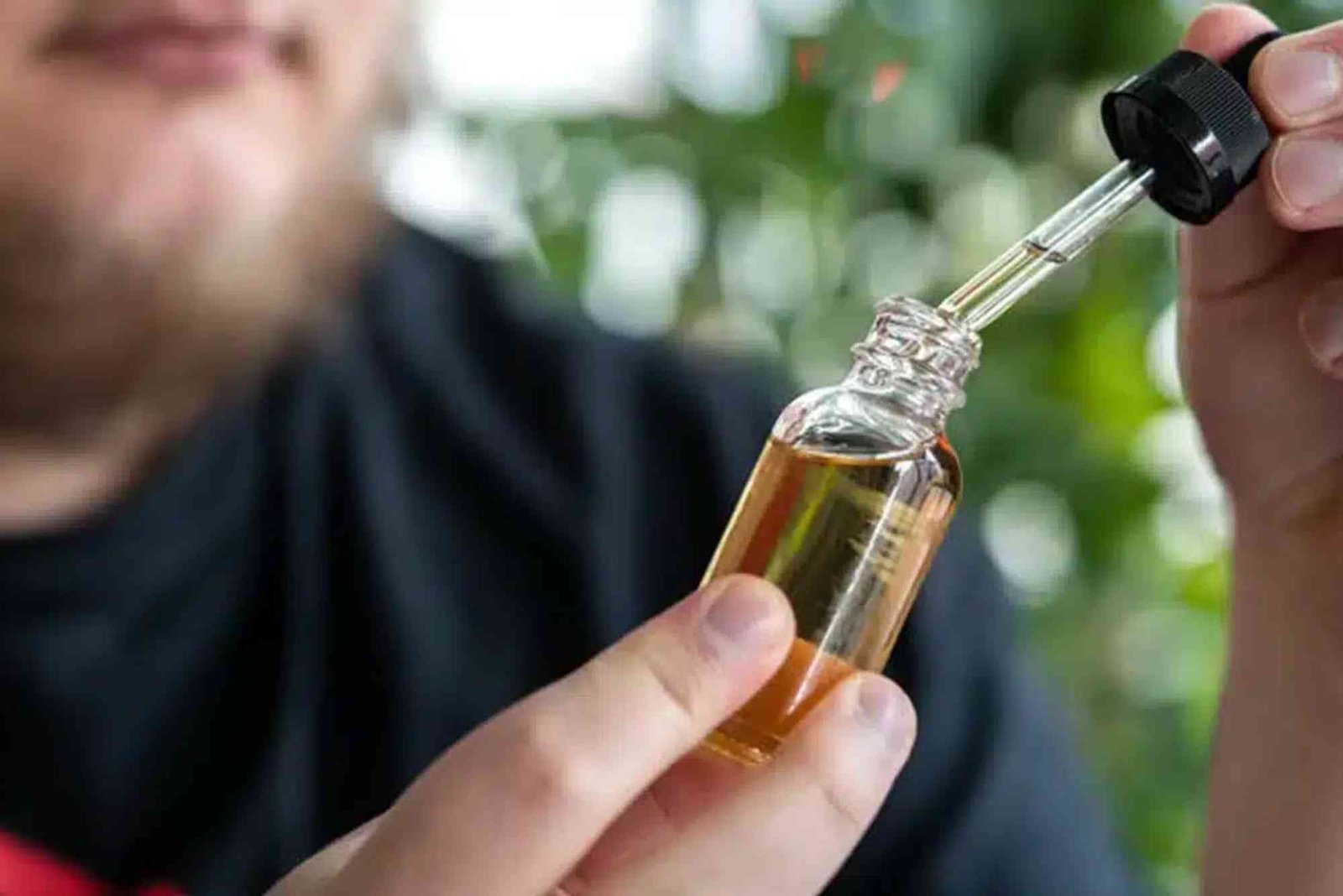Introduction
Keeping your kitchen clean is essential for both hygiene and aesthetics, and one of the most overlooked areas is the kitchen burner. Over time, grease, spills, and food residue accumulate, causing unpleasant odors and reducing burner efficiency. Learning practical tips to clean kitchen burners not only makes your stove look brand new but also ensures safer and more effective cooking.
Whether you’re an experienced cook or a beginner, knowing how to clean kitchen burners the right way saves time, effort, and money. This guide provides hands-on advice, natural cleaning solutions, and pro techniques that can transform your cleaning routine without using harsh chemicals.
Why It’s Important to Clean Kitchen Burners Regularly
A spotless burner is not just about appearances; it directly affects how your stove performs. When burners are clogged with grime or grease, the flame becomes uneven, leading to inefficient cooking. A dirty burner can also cause gas blockage, unpleasant odors, and even minor fire risks.
Regular cleaning keeps your kitchen safer, your meals better cooked, and your cooking experience more enjoyable. By maintaining your burners weekly, you prevent buildup and extend the life of your stove.
Understanding the Different Types of Kitchen Burners
Before cleaning, identify your burner type. This ensures you use the right cleaning technique.
Gas Burners
Gas burners are the most common in households. They require careful cleaning since residue can block the flame holes.
Electric Coil Burners
These have removable coils that need gentle cleaning to avoid damaging the electrical connection.
Induction Burners
Induction burners don’t require flame cleaning but the surface still collects stains and residue that should be wiped regularly.
Knowing the difference helps you clean more effectively and avoid mistakes that can harm your stove.
Practical Tips to Clean Kitchen Burners
Cleaning burners may seem tedious, but with the right steps, it becomes a quick and satisfying task.
Preparation is Key
Start by turning off the stove and allowing it to cool completely. Remove all grates, burner caps, and rings carefully. Place them in a separate sink for soaking.
Soak in Warm Soapy Water
Fill your sink with warm water and add a few drops of dish soap. Soak the removable parts for 15–20 minutes. This loosens grease and food particles, making scrubbing easier.
Use Baking Soda and Vinegar for Deep Cleaning
A natural cleaning combo of baking soda and vinegar works wonders. Sprinkle baking soda over greasy parts, then spray vinegar on top. Let it bubble for a few minutes before scrubbing with a non-abrasive brush.
Clean Burner Heads and Holes
Use a toothbrush or a small needle to clear burner holes gently. Avoid using anything sharp that can widen the holes. This step ensures an even gas flow and efficient flame.
Wipe Down the Stove Surface
While the removable parts soak, clean the stovetop with a microfiber cloth and mild detergent. Pay special attention to corners where grime tends to hide.
Rinse and Dry Thoroughly
After scrubbing, rinse all components with clean water and dry them completely with a towel. Never reassemble damp parts, as moisture can cause rust or electrical issues.
Reassemble and Test
Once everything is dry, place the parts back carefully. Light the burner to ensure the flame burns evenly.
These practical tips to clean kitchen burners help you restore their shine and function quickly without damaging any components.
Natural Cleaning Remedies You Can Trust
Harsh chemical cleaners can damage metal surfaces and affect burner performance. Natural alternatives are safer, affordable, and equally effective.
Lemon and Salt
Lemon’s acidity cuts through grease, while salt acts as a gentle scrub. Slice a lemon, sprinkle salt on the surface, and scrub stains away.
Vinegar and Water Spray
Mix equal parts vinegar and water in a spray bottle. Use it for daily maintenance to prevent buildup.
Baking Soda Paste
Combine baking soda with a little water to form a paste. Apply it on tough spots, let it sit for 10 minutes, and wipe clean.
These natural solutions are ideal for anyone looking to maintain their stove’s beauty without exposure to harmful chemicals.
Common Mistakes to Avoid When Cleaning Burners
Even with good intentions, many people make mistakes that cause damage. Avoid these to keep your kitchen in top shape:
Using Harsh Tools
Metal scrubbers and sharp knives can scratch the surface and damage burner holes. Always use soft brushes or sponges.
Skipping Regular Cleaning
Waiting until grime builds up makes cleaning much harder. Clean weekly to prevent stubborn residue.
Not Drying Properly
Reassembling wet parts can cause rust or blockages. Always dry thoroughly before use.
Ignoring the Drip Pan
The drip pan catches spills and grease. Clean it regularly to avoid unpleasant smells.
By avoiding these common errors, you’ll extend the lifespan of your kitchen burners effortlessly.
How Often Should You Clean Kitchen Burners?
It depends on how often you cook. For daily use, a quick wipe after cooking helps maintain cleanliness. A deep cleaning once every week or two keeps everything working perfectly.
Regular maintenance is the secret to reducing effort — small cleanups prevent heavy scrubbing later.
Professional Cleaning vs. DIY Methods
While professional cleaning services are effective, they can be expensive. DIY methods, when done right, give similar results without the extra cost.
Professionals use specialized tools, but with the right approach, you can achieve sparkling results at home. Save professional cleaning for annual maintenance or if you suspect gas leakage or deep blockage.
If you love maintaining a beautiful home, you might enjoy reading a Related Home Decoration article on styling and improving your space. You can also explore How To Clean Kitchen Burners for more in-depth tips on household care.
FAQs
How do you clean burners without removing them?
You can use a baking soda and vinegar mixture, apply it on the surface, and wipe with a soft cloth. It’s great for light maintenance.
Can you use dish soap to clean burners?
Yes, mild dish soap effectively removes grease. Always rinse well to avoid residue buildup.
How do you unclog burner holes?
Use a soft brush or a small pin to clear blockages gently. Avoid using sharp objects that may damage the burner.
What is the fastest way to clean gas stove burners?
Soak in warm soapy water for 15 minutes, scrub with a toothbrush, rinse, and dry. It’s quick and efficient.
Can vinegar damage a gas stove?
No, vinegar is safe if diluted properly. However, avoid prolonged soaking of metal parts as it may cause slight discoloration.
Learning practical tips to clean kitchen burners helps you maintain a tidy, safe, and efficient cooking space. Regular care prevents buildup, improves flame performance, and enhances your overall kitchen experience. Whether using baking soda, vinegar, or simple soap, consistent cleaning is what truly makes a difference.
For more home care and cleaning inspiration, Learn more and keep your living space beautiful every day.







